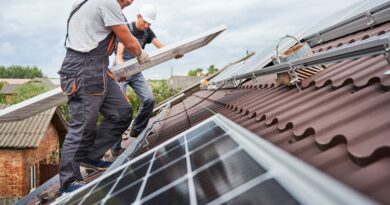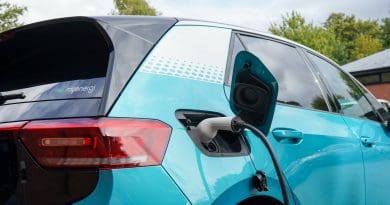Interest rate cuts could spark renewed interest in green energy investment trusts

Once the stars of the investment trust world, clean energy funds have seen their appeal fade as interest rates soared and power prices stabilised. However, with the Bank of England recently lowering rates for the first time in more than four years, experts believe a revival in green energy investments could be on the horizon.
At the height of their popularity, trusts focused on wind, solar, and battery storage assets enjoyed significant premiums over their net asset values (NAVs). Greencoat UK Wind, for instance, traded at nearly 20% above its NAV in 2020. But today, the same trust trades at a discount of over 10%, with the broader sector averaging discounts of around 20%.
Analysts suggest that the recent interest rate cuts could help narrow these discounts by lowering the required returns demanded by investors. James Wallace, an analyst at Winterflood, explained that while the cuts may take time to filter through to asset valuations, significant rate reductions—potentially up to 75 basis points—could make a substantial difference.
However, the challenges facing the sector go beyond interest rates. Battery storage funds, in particular, have struggled with cashflow issues due to the volatile nature of their revenue streams. Unlike wind and solar assets, which benefit from stable, contracted income, battery funds generate revenue by capitalising on fluctuations in wholesale power prices. The unexpected drop in energy prices following Russia’s invasion of Ukraine has further complicated matters, leading to significant discounts in battery storage fund valuations and even the suspension of dividends.
Moreover, the sector faces a shift in investor appetite for environmental, social, and governance (ESG) strategies. During the recent cost-of-living crisis, investors have focused more on returns than on ESG credentials, leading to outflows from green funds. Although flows have improved this year, the pressure on renewables investment trusts remains high.
The impact of these challenges is far-reaching. As share prices languish below asset values, renewables trusts are unable to raise capital through equity markets, stifling a critical source of funding for new clean power projects. This situation is particularly concerning given the UK government’s ambitious targets to expand renewable energy capacity by the end of the decade.
Minesh Shah, fund manager of The Renewables Infrastructure Group (Trig), highlighted the difficulties in the sector, noting that his trust has had to focus on balance sheet management, including selling assets and reducing debt, to maintain operations and fund new developments.
With the sector’s future closely tied to interest rate movements and investor sentiment, the coming months will be crucial for the green energy investment landscape. If lower rates succeed in narrowing discounts and renewing interest in clean energy funds, it could provide a much-needed boost to the UK’s renewable energy ambitions.





